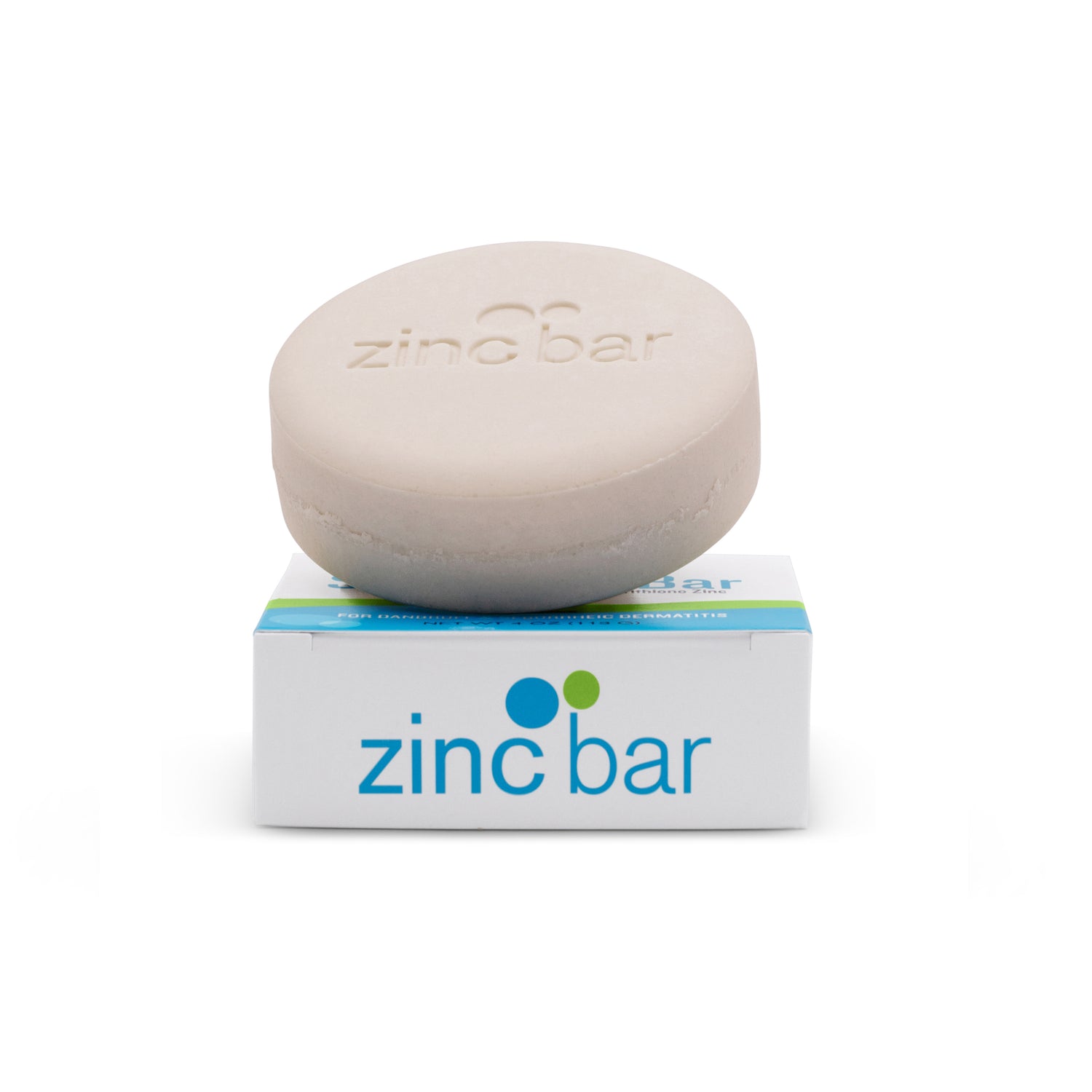L-glutathione (glu-ta-THYE-one) - A Superfood Component
A small protein molecule—a tripeptide of the amino acids glycine, cysteine, and glutamic acid—L-glutathione is produced inside human and other animal cells. It occurs widely in plant and animal tissues, and is important in biological oxidation–reduction reactions. Glutathione (GSH) is the most abundant low-molecular-weight thiol in human cells. Regarded as the body's "master antioxidant," it protects cells from damaging elements such as free radicals, and is one of its most important healing agents. The highest concentrations of L-glutathione are found in the liver, the primary organ in the body responsible for elimination of toxic materials.
Dr. Steven Pratt, author of SuperFoods Rx, considers glutathione to be one of the 14 superfoods (a list of nutrients found in the world's best daily diets). Allan Somersall, author of Breakthrough in Cell Defense, believes that glutathione helps other important antioxidants like vitamins C and E to do a better job. And Douglas T. Dieterich, MD, professor of gastroenterology and expert in liver diseases at New York University School of Medicine, says that "raising glutathione levels is a good thing, no matter how you do it."
Glutathione deficiency contributes to oxidative stress, which plays a role in aging and the progression of many diseases (including liver disease, cancer, heart attack, diabetes, stroke, kwashiorkor, seizure, Alzheimer's disease, Parkinson's disease, cystic fibrosis, sickle cell anemia, HIV, and AIDS). New knowledge of the nutritional regulation of GSH metabolism is critical for the development of effective strategies to improve health and to treat these diseases.
Synonyms: GSH, glutathione free acid reduced, copren, deltathione, glutinal, glutathione–SH, glutatiol, l-glutatione, isethion, glutide, neuthion, tathion, tathione, triptide; 2-amino-4-{[1-(carboxymethylcarbamoyl)-2-sulfanyl-ethyl]carbamoyl}butanoic acid; 2-amino-5-{[2-[(carboxymethyl)amino]- 1-(mercaptomethyl)-2-oxoethyl]amino}-5-oxopentaenoic acid
Molecular Formula: C10H17N3O6S
Melting Point: ca. 192 – 195 °C (decomposes)
Glutathione is needed for the detoxification of methylglyoxal, a toxin produced as a by-product of metabolism. It is important as a hydrophilic (water-attracted) molecule that is added to lipophilic (fat-attracted) toxins and waste in the liver during biotransformation before they can become part of the bile. Glutathione participates in leukotriene synthesis and is a cofactor for the enzyme glutathione peroxidase. This detoxification reaction is carried out by the glyoxalase system. Glyoxalase I (EC 4.4.1.5) catalyzes the conversion of methylglyoxal and reduced glutathione to S-D-lactoyl-glutathione. Glyoxalase II (EC 3.1.2.6) catalyzes the hydrolysis of S-D-lactoyl-glutathione to glutathione and D-lactate.
N-acetyl-L-cysteine is a better source of glutathione than taking glutathione by itself. This is because less than half of supplemental glutathione makes its way out of the digestive system and into the body.


